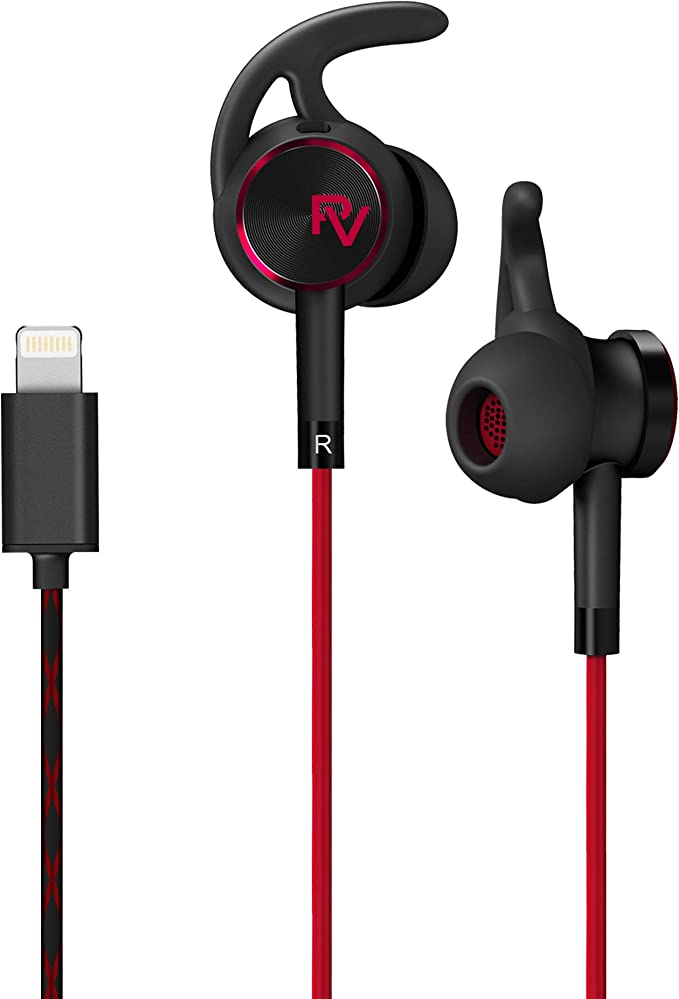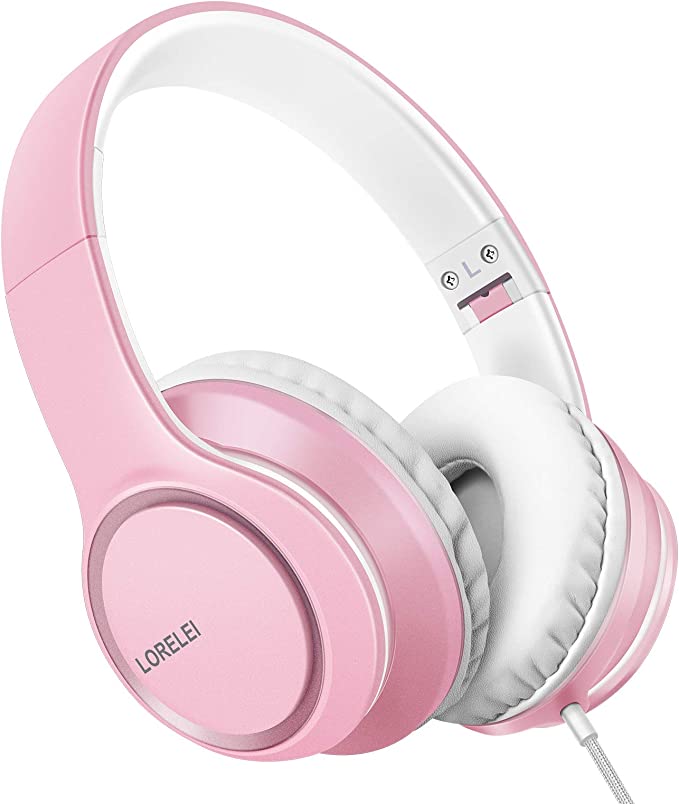AEMEGO EP1205A-UL-WH-A Iced Tea Maker: Revolutionizing Your Iced Beverage Experience
Update on July 23, 2025, 1:08 p.m.
It began, as many great things do, with a moment of desperation. The year was 1904, the scene was the St. Louis World’s Fair, and a British tea merchant named Richard Blechynden was failing. He had traveled thousands of miles to introduce America to the splendors of Indian black tea, but he was facing a formidable, immovable foe: a brutal Midwestern heatwave. No one wanted his steaming cups of tea. As he watched fairgoers pass by in search of anything cold, inspiration struck. He dumped a load of ice into a vat of his freshly brewed tea, and in doing so, accidentally invented a beverage that would become a cornerstone of American summer: iced tea.
This moment of accidental genius solved an immediate problem, but it created a new, century-long challenge for anyone trying to replicate it at home. The quest for the perfect pitcher of iced tea or coffee is a journey fraught with scientific pitfalls—a battle waged against bitterness, cloudiness, and inconsistency. It’s a story of our evolving relationship with the beverages we love, moving from chance discovery to the pursuit of absolute control.

The Enduring Challenge: A War Against Bitterness and Cloudiness
Anyone who has ever poured hot, strong tea over a glass of ice has likely witnessed the disappointing result: a murky, cloudy brew that looks as unappealing as it tastes. This isn’t a sign of bad tea; it’s a phenomenon of physics and chemistry known as thermal shock.
When hot water is used to brew tea, it extracts a wide range of compounds from the leaves, most notably polyphenols (including tannins) and caffeine. In a hot solution, these molecules zip around happily, fully dissolved. However, when the tea is rapidly cooled, this shock causes the polyphenols and caffeine to cling together, forming microscopic solids or “micelles.” These suspended particles scatter light, resulting in a hazy, cloudy appearance often called “tea cream.” While mostly harmless, it’s aesthetically displeasing and can signal a change in texture and flavor.
The second, more sinister enemy is bitterness. To create an iced beverage that won’t taste watery after the ice melts, the initial brew must be strong. Yet, achieving this strength through traditional methods often means a longer steeping time. This is where extraction kinetics—the science of how flavor dissolves over time—turns against us. The desirable, aromatic compounds are often the first to be released from the tea leaf. The longer the leaves are steeped, the more you extract the slower-dissolving, heavier polyphenols known as tannins, which are responsible for astringency and, in excess, an aggressive bitterness. The home brewer is thus caught in a paradox: brew it weak and it becomes watery; brew it strong and it becomes bitter.

The Psychology of the Chill: Why Temperature Is Taste
Compounding these chemical challenges is a biological one. The way we perceive taste is profoundly influenced by temperature. Our tongues are equipped with an array of receptors, and these tiny sensors don’t operate the same way at every temperature. For example, the receptor most responsible for detecting the “heat” of chili peppers, TRPV1, is also activated by high temperatures.
More relevant to our chilled drinks, cold temperatures are known to suppress our ability to taste sweetness. This is why a soda that tastes perfectly sweet when cold can seem cloyingly sugary at room temperature. Conversely, our perception of bitterness can sometimes be heightened or simply become more prominent as sweetness fades into the background. This means that an iced tea or coffee that is even slightly out of balance can taste overwhelmingly bitter, as the cold mutes any natural sweetness that might have rounded out its flavor profile when hot. Crafting the perfect iced beverage isn’t just a matter of chemistry; it’s a matter of psychological and sensory engineering.

Engineering the Perfect Escape: Modern Solutions to an Old Problem
For decades, the solutions were rudimentary: brewing the tea hours in advance to let it cool slowly, or embracing the bitterness with heaps of sugar and lemon. But just as Blechynden used the technology of his day (ice), modern engineering offers a more elegant escape. This is the role of a dedicated brewing system like the AEMEGO Iced Tea and Coffee Maker. It’s not just an appliance; it’s a desktop laboratory designed to methodically solve each of these historical problems.
The system’s entire process is an intelligent countermeasure to thermal shock. Instead of brewing a full pitcher of hot tea and then shocking it, it brews a smaller, precisely calculated concentrate. This concentrate is brewed at an optimal temperature and time to extract flavor without excessive tannins. It is then immediately dispensed over a pitcher filled with a specific volume of ice. The ratio is engineered so that the hot concentrate melts the ice, instantly chilling the brew to its final, perfect-strength volume. The cooling is rapid but controlled, minimizing the precipitation that causes cloudiness.
At the heart of this process is the strength selector dial, which acts as the user’s command over extraction kinetics. It’s a tool for choreographing the delicate dance between water and leaf. A “mild” setting offers a quick, gentle waltz, perfect for delicate green teas, releasing their fresh notes without scalding them into bitterness. A “strong” setting commands a longer, more intense tango, necessary to pull the deep, robust flavors from black tea leaves or coffee grounds.
This carefully brewed liquid then descends into a 2.5-quart glass pitcher. The choice of glass is a critical scientific decision. Glass is chemically inert, a pristine stage that adds no flavor of its own and won’t react with the acidic compounds in tea or coffee. It ensures the flavor you taste is pure, unadulterated, and exactly as the extraction intended.

The Brewer as Architect: Crafting Your Signature Chill
With the fundamental battles against cloudiness and bitterness won by intelligent design, the brewer is liberated. You are no longer a mere technician repeating a task; you become a flavor architect. The machine provides the sound scientific foundation, and you provide the creative vision.
This is where features like the reusable filter basket shine. It invites the use of high-quality, loose-leaf teas, whose larger leaves unfurl during brewing to release a more nuanced and complex spectrum of flavors than the fine-cut “dust” in many tea bags. It’s an invitation to explore the world of single-origin teas or custom blends. A user on the product page mentioned they had to “try it a few times to figure out what works best for your own personal taste,” and this is the true joy of the process. It is a journey of personal discovery, a series of small, delicious experiments to find your perfect ratio of tea to water, your ideal strength.
The final act of creation lies in personalization. You can add fresh mint, sliced peaches, or citrus peels to the flavor chamber, infusing your brew with another layer of complexity. You are in complete control.
From a moment of desperate improvisation at a World’s Fair, we have journeyed to a place of precision and artistry in our own kitchens. The true luxury of modern brewing technology is not merely the convenience it offers, but the profound sense of control. It democratizes expertise, transforming the complex science of brewing into an accessible, repeatable ritual. It gives us the power to architect our own perfect moment of chill, one crystal-clear, flavor-perfect pitcher at a time.







































